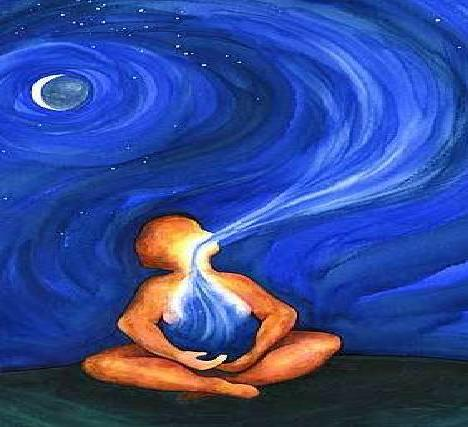
Breath = Spirit
In many belief systems and philosophies, the breath is associated with the spirit or life force. The concept of breath representing the spirit can be found in various cultural and religious traditions around the world. It is often linked to the idea that breath sustains life and is essential for the presence of spirit or vitality within an individual.
Life Force In Different Traditions
In different traditions, the concept of life force is often linked to the breath or spirit. For example, in Hinduism, the life force is referred to as “prana” and is believed to be the vital energy that sustains the body and mind. Similarly, in traditional Chinese culture, the concept of “qi” or “chi” represents the life force that flows through the body, and practices such as qigong and tai chi aim to cultivate and balance this energy. In many Native American traditions, the breath is considered a sacred and powerful force, connecting individuals to nature and the spiritual world. These diverse cultural perspectives reflect the universal significance of the breath as a symbol of life and vitality.
The term “ruach” holds significant meaning in the Hebrew language and various religious and cultural contexts. In Hebrew, “ruach” translates to “breath,” “wind,” or “spirit.” This multifaceted word appears in the Hebrew Bible and is often associated with the divine spirit, particularly in references to the Spirit of God. In Jewish tradition, “ruach” is interconnected with the concepts of life force, vitality, and the presence of God’s spirit within creation. The rich symbolism of “ruach” as breath, wind, and spirit underscores its profound significance in both ancient and contemporary understandings of spirituality and existence.
Human Breaths Per Minute
Humans typically take an average of 12 to 20 breaths per minute at rest. This respiratory rate can vary depending on factors such as age, physical activity, and overall health. For instance, newborns tend to have a faster breathing rate, averaging around 40 to 60 breaths per minute, while athletes may have a lower resting respiratory rate due to their enhanced cardiovascular fitness. Regular physical activity and relaxation techniques such as deep breathing exercises can also help regulate and improve respiratory patterns.

